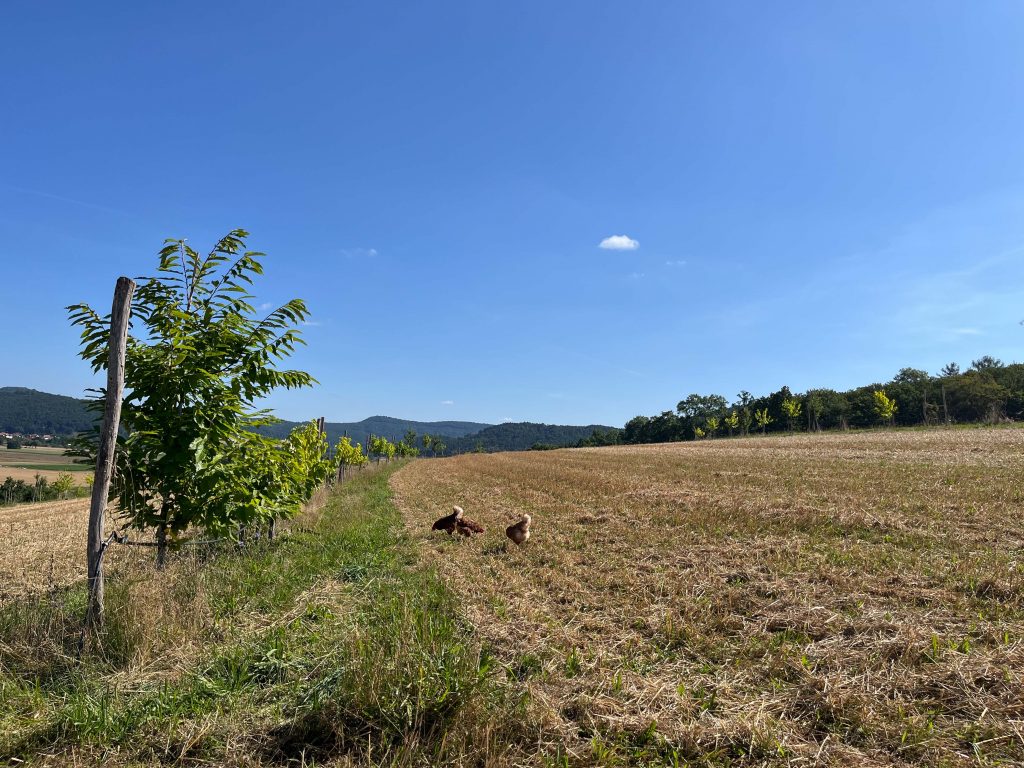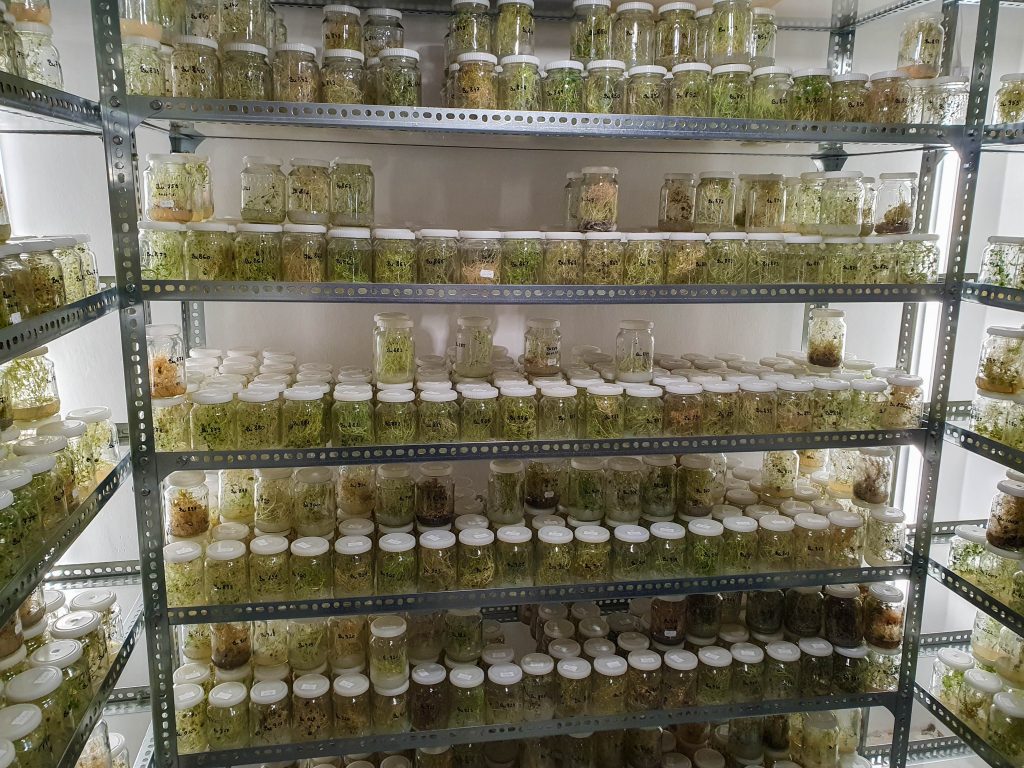
Agroforestry in Central Germany: Challenges and Opportunities
A post by Theresa Collmann, Michela Daraio, Ralph Carlo Evidente, Madhavi Parajuli, Svenja Steckel Agroforestry systems combine rows of trees, shrubs with arable crops (silvo-arable) and pasture (silvo-pastoral). They offer potential for increased biodiversity, more resilient agriculture, and additional sources of income. Yet their implementation is complex and often costly – how can agroforestry practices […]








